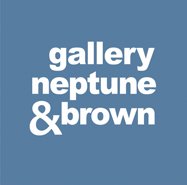Joseph Keiffer Reviewed in the Washington Post
“Consisting largely of realist pastoral landscapes, Joseph Keiffer’s latest Gallery Neptune & Brown show, “As Far As One Can See,” has a serene disposition. Even a few paintings of street scenes in New York, the city where the artist was born in 1952 and where he maintains a studio today, emphasize stillness over bustle.
The most kinetic picture is a still life of enamelware — a common Keiffer subject — in which a cup, a ladle, a spoon and other objects appear to be floating downward through space toward several stacks of kindred containers. If the mildly fanciful scenario appears unsettled, that’s mostly by comparison to the other paintings.
Keiffer’s “quest to interrupt the passage of time,” as a gallery note puts it, is palpable in all his work. But it’s particularly vivid in this posed vignette, which celebrates motion as it freezes it.
Trained as an abstractionist, Keiffer soon switched sides, abandoning the example of mid-20th-century New York art in favor of the Hudson River School of a century earlier. The painter tends to depict vistas that are less grand than those favored by his predecessors, but are just as luminous. Typical is “Winter’s Eve,” in which the orange and yellow of a low-on-the-horizon sunset is reflected in a stream that meanders toward the bottom of the composition. The moment is placid, but the light is dramatic.”
-Mark Jenkins

